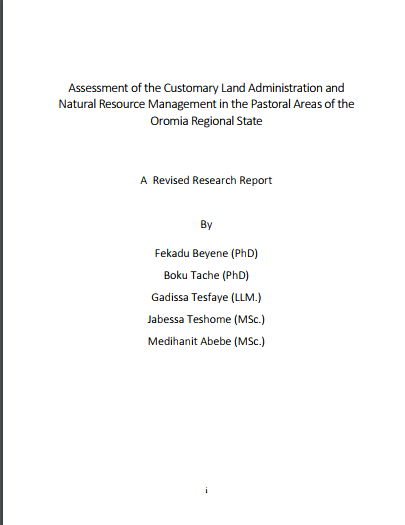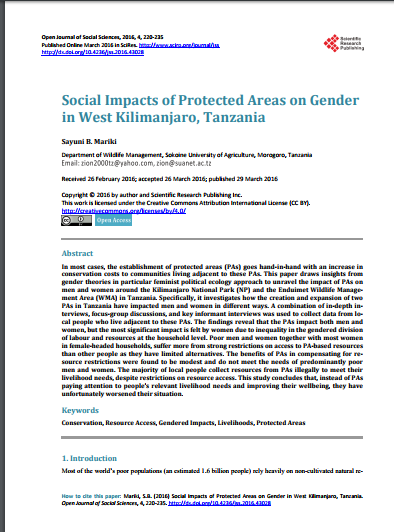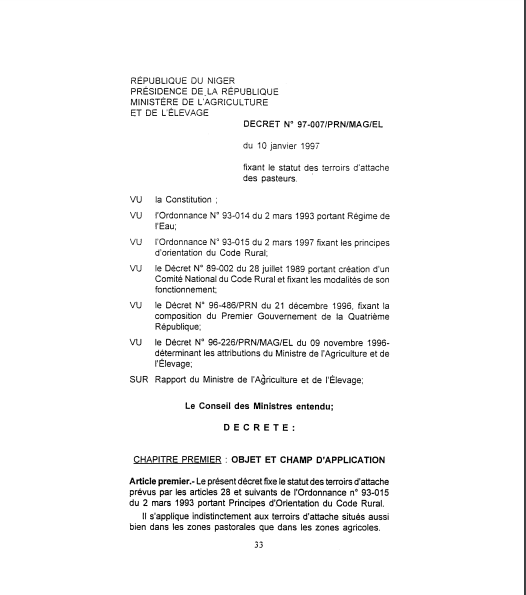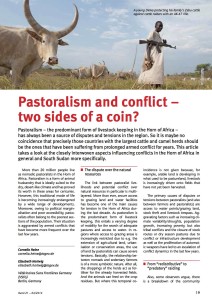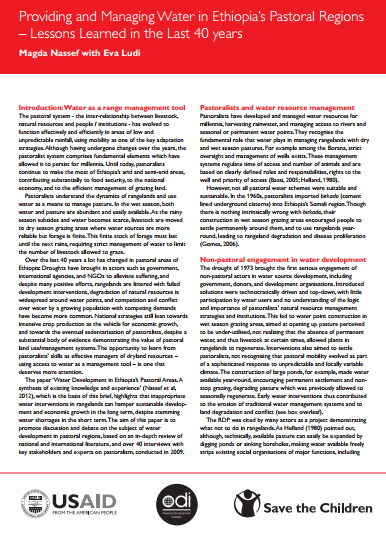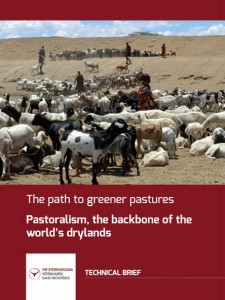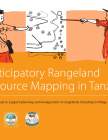Booklet 2: Participatory Rangeland Planning: A Practitioners Guide
Garba Tula district in Isiolo County of Northern Kenya, is a region covering approximately 10,000km and home to around 40,000 predominantly Boran Pastoralists. The region is characterised by arid and semi-arid conditions and is rich in biodiversity and wildlife resources. Despite being surrounded by protected areas such as Meru National Park and Bisan Adi Game Reserve the full potential for conservation is not being met, and instead communities are often threatened and restricted by wildlife populations.


